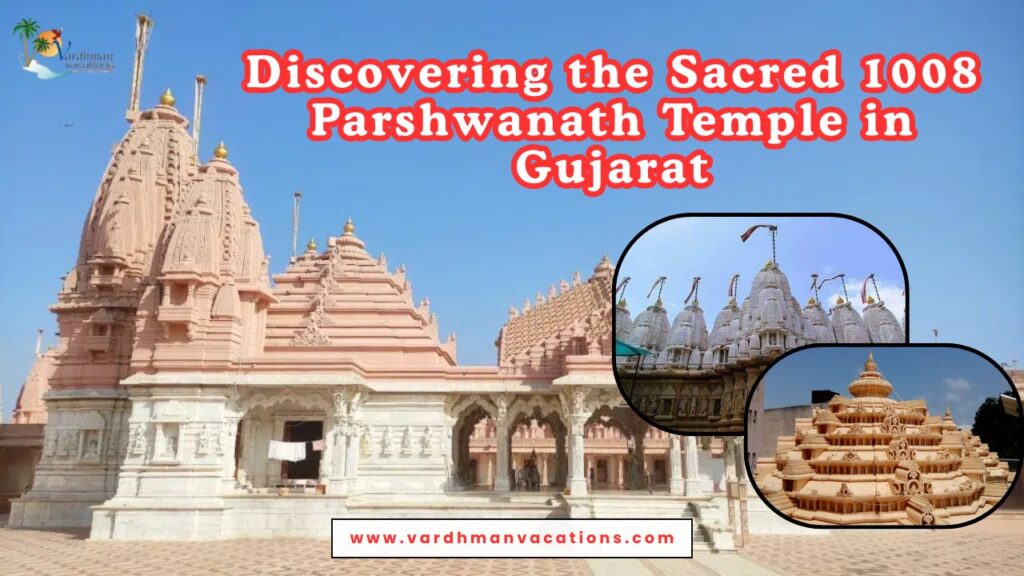(A Complete Guide for Food & Culture Lovers)
Imagine biting into a buttery, melt-in-your-mouth Malabar Parotta with fiery Chettinad chicken in Tamil Nadu one week, and the next week you’re tearing into a smoky tandoori roti dipped in rich dal makhani in a Punjabi dhaba. 300 km apart in the same country, yet it feels like two different planets. This is India – a subcontinent masquerading as one nation.
So Why Is Every 200–300 km a Completely New India?
- Geography Dictates the Plate
- Coastal Kerala = coconut, black pepper, seafood → Malabar cuisine
- Arid Rajasthan = grams, millet, dried red chilies → Dal Baati Churma
- Bengal delta = river fish, mustard oil, sweets → Mishti Doi & Shorshe Ilish
The soil, climate and what grows locally wrote the first cookbook.
- 3,000+ Years of Invasions & Migrations
- Mughals brought rich gravies, kebabs and biryani (Awadhi, Hyderabadi styles)
- Portuguese introduced vinegar, potatoes, chilies and vindaloo in Goa
- British left behind railway mutton curry and Anglo-Indian cutlets
- Ancient spice route Arabs & Jews landed in Kochi → Appam-Stew & Malabar Jewish cuisine
Every conqueror and trader left ingredients and techniques behind.
- Religion & Caste Rules
- Jain communities in Gujarat & Rajasthan → strictly vegetarian, no onion/garlic
- Kashmiri Pandits → no onion/garlic but lots of fennel and yogurt
- Syrian Christians in Kerala → beef and pork on the table
- Bohra Muslims in Gujarat → utterly unique sweet-savory Bohra thaal meals
Food became identity.
- Language Changes, So Does the Name of the Same Dish
One humble lentil-tomato soup is called Rasam in Tamil Nadu, Saaru in Karnataka, Charu in Andhra and Mulligatawny by the British who took it home.
Region-by-Region Cheat Sheet – What to Eat & Experience
North India
- Punjab: Butter chicken, sarson da saag, lassi, loud dhabas
- Delhi: Chaat chaos (gol gappe, aloo tikki), Old Delhi kebabs
- Rajasthan: Laal maas, ghewar, desert camping with folk music
- Kashmir: Wazwan (30+ course meat feast), kahwa tea in houseboats
East & Northeast
- West Bengal: Bengali thali with fish, rosogolla, Durga Puja street food
- Assam: Pork with bamboo shoot, pitha during Bihu
- Sikkim/Nagaland: Smoked meats, fermented soy, momos with wild herbs
West India
- Gujarat: Undhiyu, thepla, 40-item Jain thali, Navratri garba nights
- Maharashtra: Vada pav, puran poli, Misal in Pune, Parsi dhansak in Mumbai
- Goa: Vindaloo, sorpotel, feni, beach shacks
South India
- Kerala: Sadhya (56-item feast on banana leaf), seafood moilee, Theyyam rituals
- Tamil Nadu: Chettinad chicken, filter coffee, temple festivals
- Karnataka: Mysore pak, bisibelebath, Coorg pork pandi curry
- Andhra/Telangana: Gongura pickles, spicy biryanis, fiery curries that numb your soul
Central India
- Madhya Pradesh: Poha in Indore, bhutte ki kees, tribal Bastar cuisine
- Hyderabad: Haleem during Ramadan, Hyderabadi dum biryani
Traveler Tips – How Not to Get Overwhelmed
- Travel with an empty stomach and zero expectations – every meal is a surprise.
- Street food is safe if it’s hot and busy (look for crowds).
- Vegetarian? You’re actually in the safest country on earth for vegetarians.
- Ask for “less spicy” – they’ll still make it spicy, but survivable.
- Festivals = food jackpot: Onam sadhya, Eid haleem, Pongal sweet rice, Christmas kuih in Goa – plan around them.
The Best Way to Experience India’s Insane Diversity Without Losing Your Mind?
Join a proper culinary tour that connects the dots instead of throwing you into the deep end.
One company that actually understands this chaotic diversity and stitches it into sensible routes is Vardhman Vacations. Their food-focused itineraries (Kerala Backwaters & Spices, Rajasthan Royal Feasts, Amritsara–Delhi–Agra Golden Triangle with street food walks) are built by people who eat, sleep and breathe regional Indian food.
Check their culinary tours here:
👉 https://www.vardhmanvacations.com/culinary-tours
Because honestly, trying to decode India’s 28 states + 8 union territories on your own is like trying to drink from a fire hose. Sometimes you just want someone to hand you the perfect thali and explain why this dal tastes nothing like the one you had yesterday.
India doesn’t have “cuisines.”
It has thousands of micro-cuisines separated by a bus ride.
And every single one is worth the heartburn.
Happy feasting! 🇮🇳







